Cats don’t scream when they’re scared—they whisper.
No dramatic yelps, no teary eyes. Instead, they vanish under beds, flick their tails like tiny metronomes, or freeze with wide, glassy stares. These are the silent signals of feline fear, and they’re easy to miss if you’re not paying attention.
Your cat could be terrified, and you’d think they’re just being “moody.” But behind every twitch, every low growl, every careful step—there’s a message.
Here are 14 soft, subtle ways your cat might be saying “I’m scared”—and what those little whispers really mean.
Hiding in Small Spaces
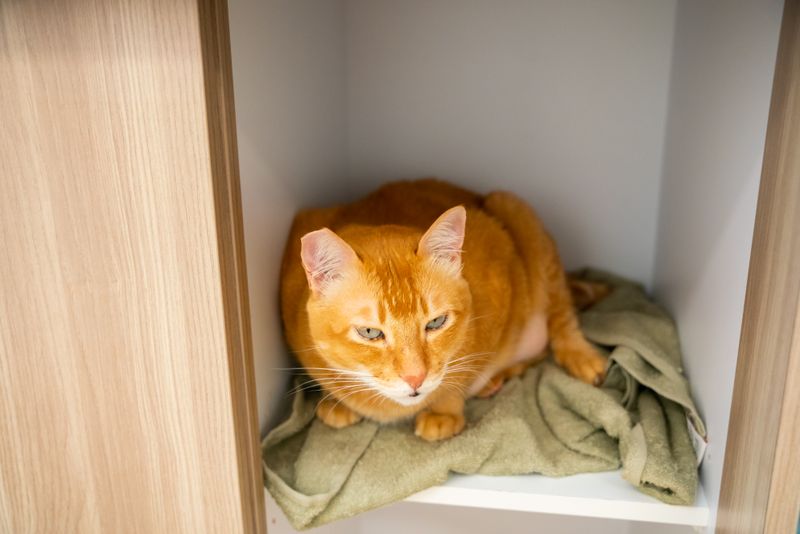
When a cat is frightened, it often seeks refuge in small, enclosed spaces. Imagine the kitty squeezing into a corner under the couch or finding solace in a tight spot behind the curtains. These hiding spots provide a sense of security, away from perceived threats.
The cat’s instinct to conceal itself is a natural mechanism for avoiding danger. You might find your furry friend peeking out occasionally to assess the situation.
Providing cozy, safe hiding places in your home can help alleviate their fears and make them feel more secure.
Flattened Ears
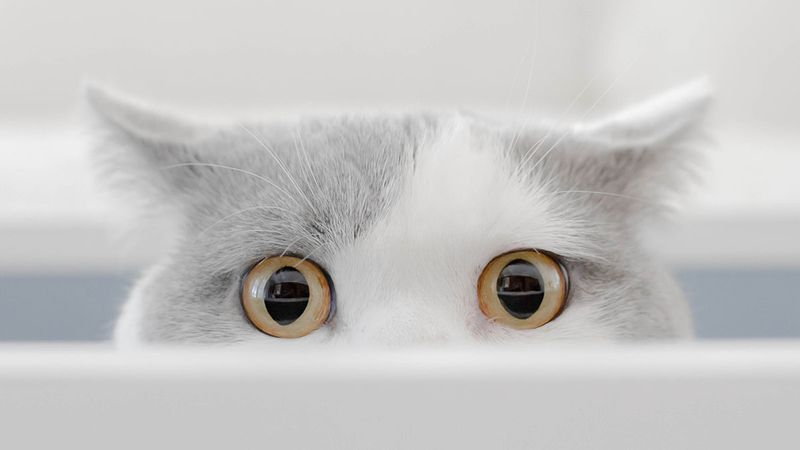
Ears that are pressed back against a cat’s head are a classic sign of fear. This position signals that the cat is uncomfortable or frightened, often as a response to something unfamiliar or threatening.
You may notice this behavior during loud noises or when strangers are present. The flattened ears are part of the cat’s defensive posture, a way to protect itself from potential harm.
Recognizing this sign can help you take steps to soothe your pet, offering gentle words or a plush toy to redirect its attention.
Dilated Pupils
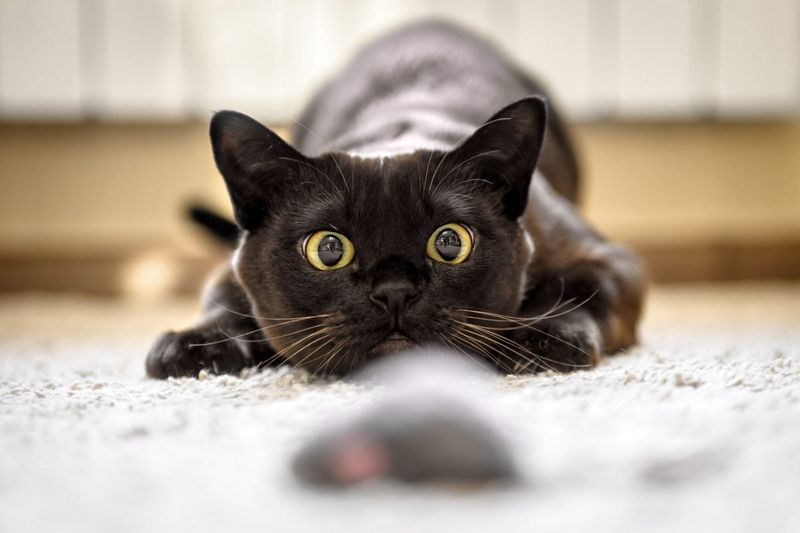
Dilated pupils in cats can indicate that they are frightened or anxious. This change in their eyes is a physiological response to stress, allowing more light for better vision in potentially threatening situations.
The sudden dilation might occur when they hear an unexpected noise or see a new person. It’s their body’s way of heightening alertness and preparing to react.
Observing this sign can guide you to minimize stressors in their environment, such as turning down loud music or ensuring a calm atmosphere.
Tail Tucked Under Body
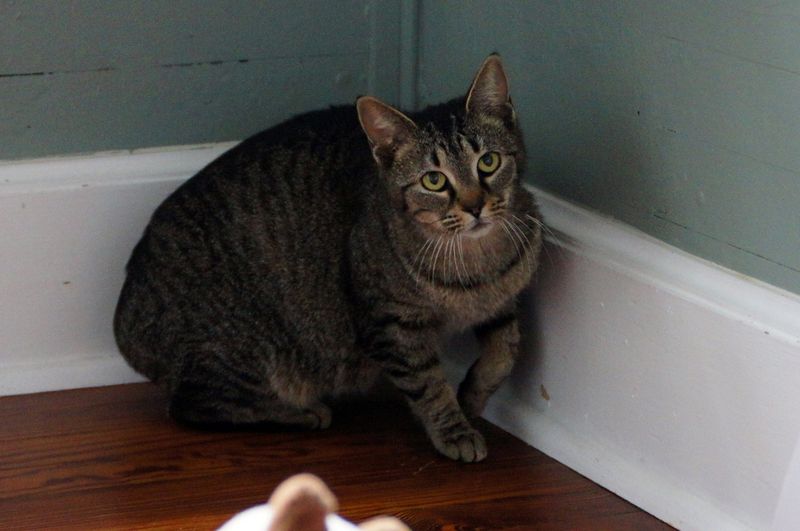
When a cat tucks its tail tightly under its body, it’s a classic signal of fear or submission. This behavior indicates vulnerability, as the cat tries to protect itself by minimizing its exposure.
You might notice this posture during a visit to the vet or when encountering a dominant animal. The tucked tail can be accompanied by other signs like crouching low to the ground.
Providing a calm environment and speaking softly can help ease your cat’s anxiety, showing that they are safe in your presence.
Arched Back
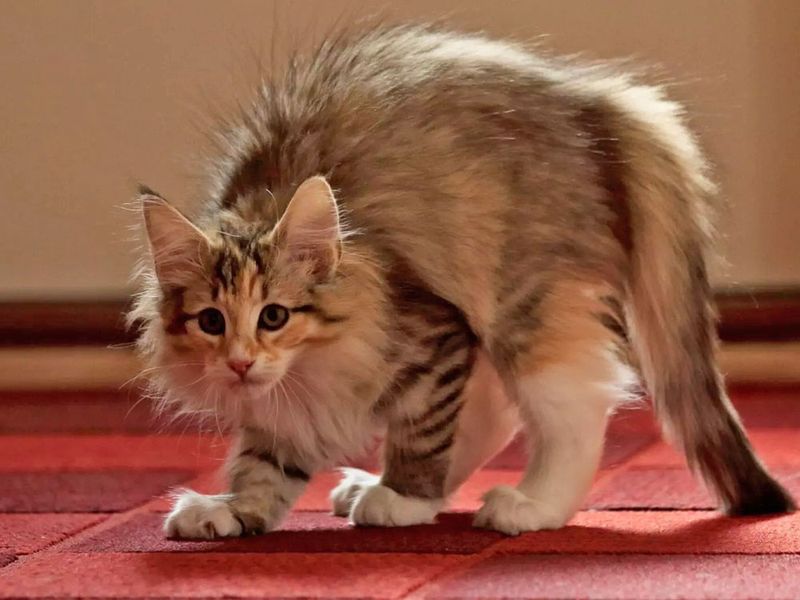
An arched back accompanied by raised fur is a strong indication that a cat is scared. This posture is often seen when they confront something threatening, such as another animal or a sudden loud noise.
The cat appears larger and more intimidating, a defensive strategy to ward off potential threats. Along with the arching back, you might hear hissing or growling.
Understanding this behavior helps you to intervene calmly, removing the source of fear if possible and reassuring your cat with a gentle touch.
Puffing Up Fur
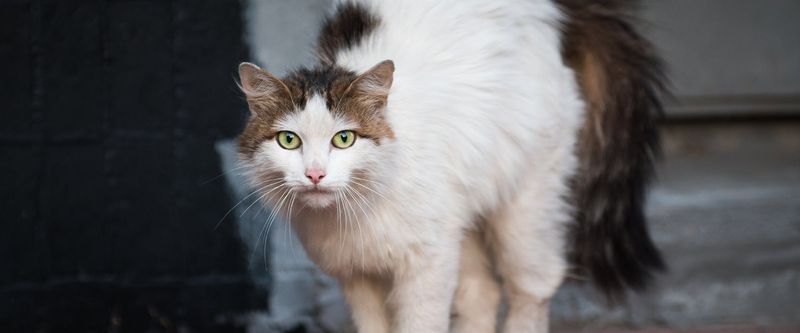
When a cat puffs up its fur, it’s trying to make itself look larger and more intimidating to potential threats. This reaction is a typical fear response, often accompanied by an arched back.
You might see this when your cat encounters an unfamiliar dog or hears a loud bang. The puffed-up appearance is their way of saying, “Stay back!”
By recognizing this sign, you can take steps to remove or mitigate the cause of fear, whether it’s a curious canine or an unexpected noise.
Growling or Hissing
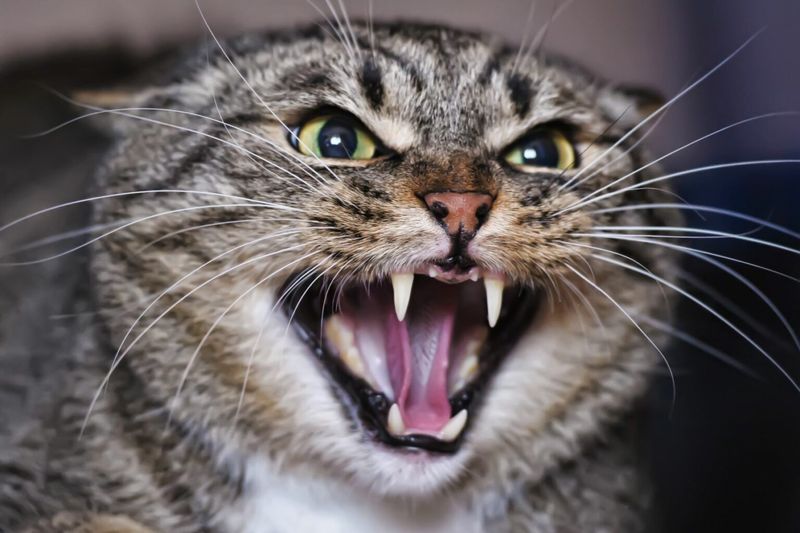
Growling or hissing is a vocal warning that your cat is scared or feels threatened. This defensive behavior serves as a deterrent, signaling to others to back off.
The sound is often accompanied by other fear indicators like flattened ears or an arched back. It’s the cat’s way of establishing boundaries and protecting itself.
Responding calmly and giving your cat space can help reduce stress. Avoid forcing interaction, and allow them to hide or retreat to a safe space until they feel secure again.
Refusing to Eat
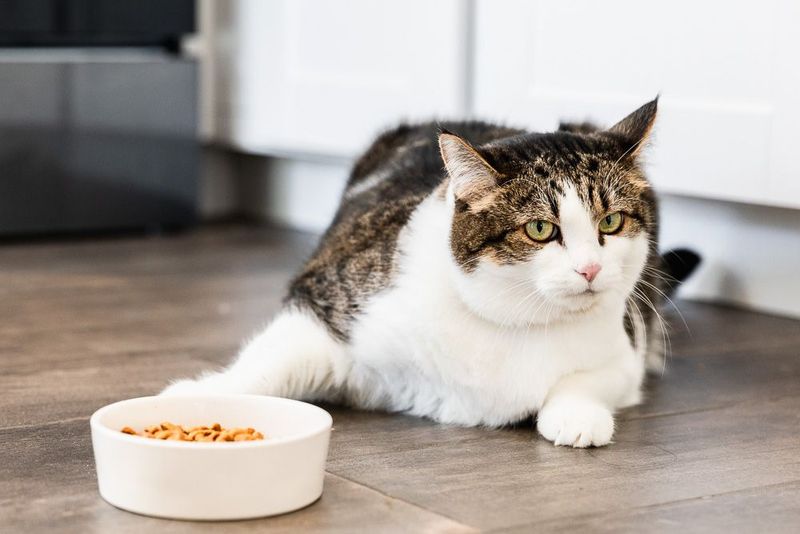
When a cat is scared, it may lose its appetite and refuse to eat. This behavior can be a response to stress or anxiety, reflecting their discomfort in the environment.
You might observe this during changes in their routine, such as travel or a new pet in the home. It’s essential to ensure they have a quiet, safe place to eat.
If refusal to eat persists, it’s crucial to consult with a veterinarian to rule out any underlying health issues and to address their emotional well-being.
Over-Grooming
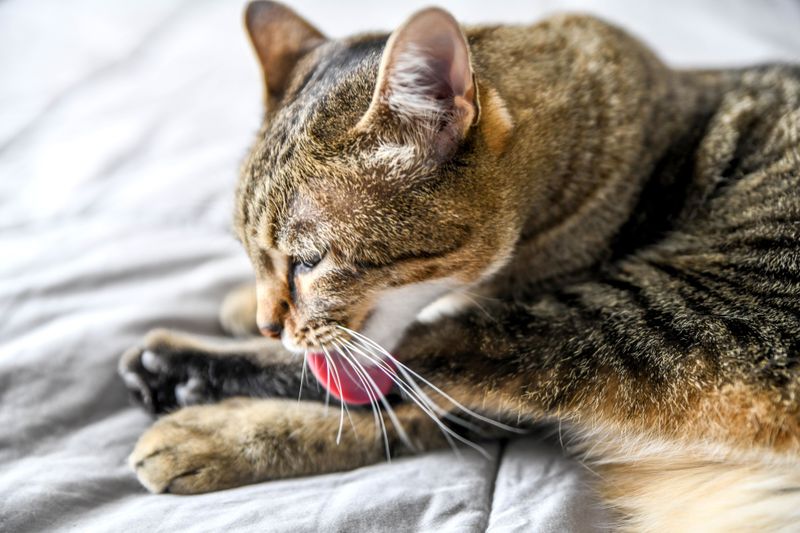
Over-grooming is a stress-related behavior where a cat might excessively clean itself as a way to cope with fear. This can lead to bald patches or skin irritation.
You may notice this if there’s a new addition to the household or during unfamiliar events. It’s their way of self-soothing in a stressful situation.
Providing enrichment and comforting routines can help alleviate their anxiety. If over-grooming continues, a vet visit may be necessary to prevent any skin issues.
Avoiding Eye Contact

Avoiding eye contact is a subtle sign that your cat feels threatened or scared. By not meeting your gaze, they try to show submission or avoid confrontation.
This behavior might occur when they encounter a new person or animal, or if they sense tension in their environment. It’s a quiet signal of discomfort.
To help them feel more at ease, approach slowly and offer treats or toys. Building trust takes time, but it fosters a sense of security for your feline friend.
Freezing or Staying Still
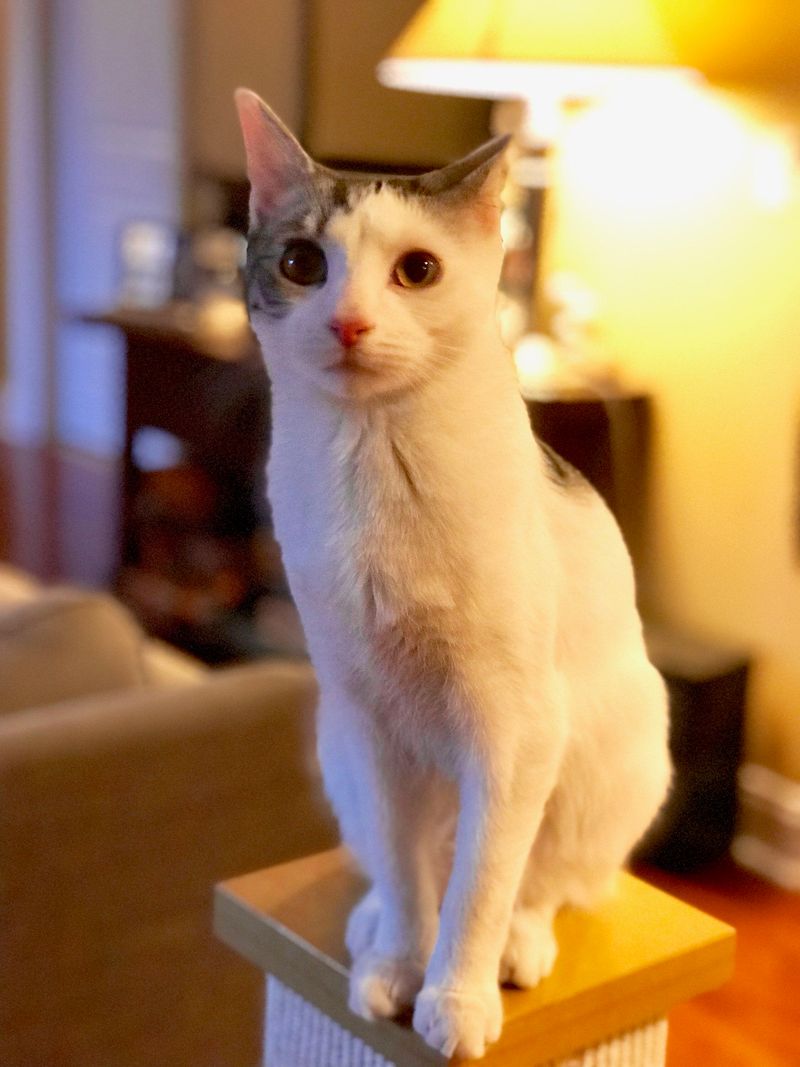
When a cat suddenly freezes or stays very still, it’s often a reaction to fear or uncertainty. This behavior is a protective mechanism, allowing them to assess the situation without drawing attention.
You might see this when they hear an unfamiliar sound or spot an unknown animal. The stillness is their way of trying not to provoke any threat.
Offering a comforting voice or gently moving them to a safer space can help them relax, showing that they’re not alone in facing their fears.
Low Growls or Moans
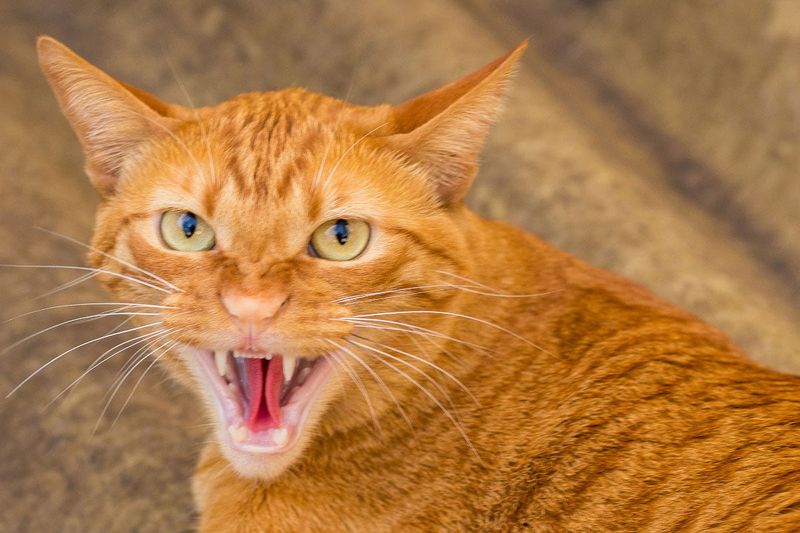
Low growls or moans are vocal expressions of fear or discomfort in cats. This subdued vocalization indicates that they feel threatened but are trying to avoid confrontation.
You may hear this when they encounter something unusual or during stressful events like thunderstorms. It’s a way for them to communicate their unease.
Providing a quiet, comforting environment can help alleviate their fear. Soft words or gentle strokes may soothe them, reassuring that they’re safe with you.
Running Away
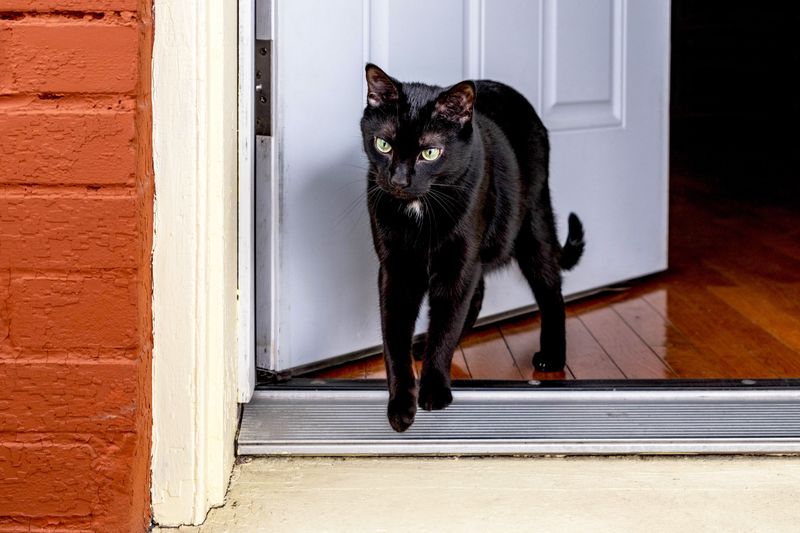
If a cat runs away suddenly, it’s often a sign of fear. This flight response is instinctual, aiming to bring them to safety quickly.
Whether it’s a loud noise, an unfamiliar person, or an aggressive animal, your cat will seek refuge. This behavior is their way of ensuring they remain unharmed.
Creating safe spaces for them to retreat and using calming pheromones can help reduce their anxiety, making them feel protected at home.
Excessive Meowing
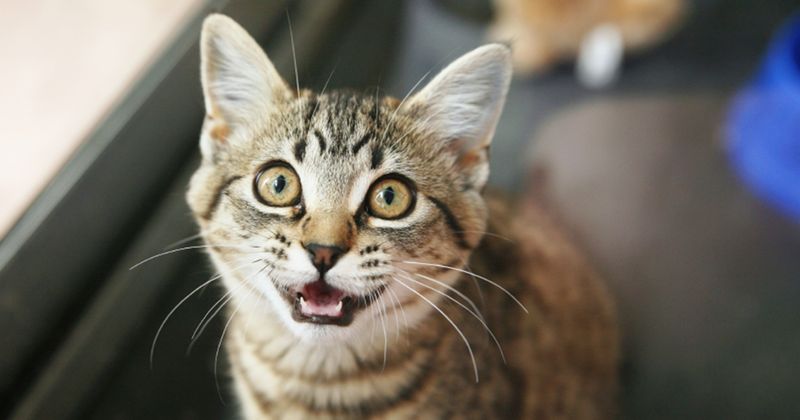
Excessive meowing can be a sign that your cat is scared or anxious. This vocalization is their way of expressing distress and seeking reassurance from you.
You might notice this when there are changes in their environment, like new furniture or visitors. It’s their way of communicating a need for comfort and attention.
Responding with calm, reassuring words and offering familiar toys or treats can help ease their worry, showing them that everything is fine.

